Rosetta researchers find 'building blocks of life' on comet
Philae lander discovered 'primordial soup' that could suggest comets helped seed life on Earth
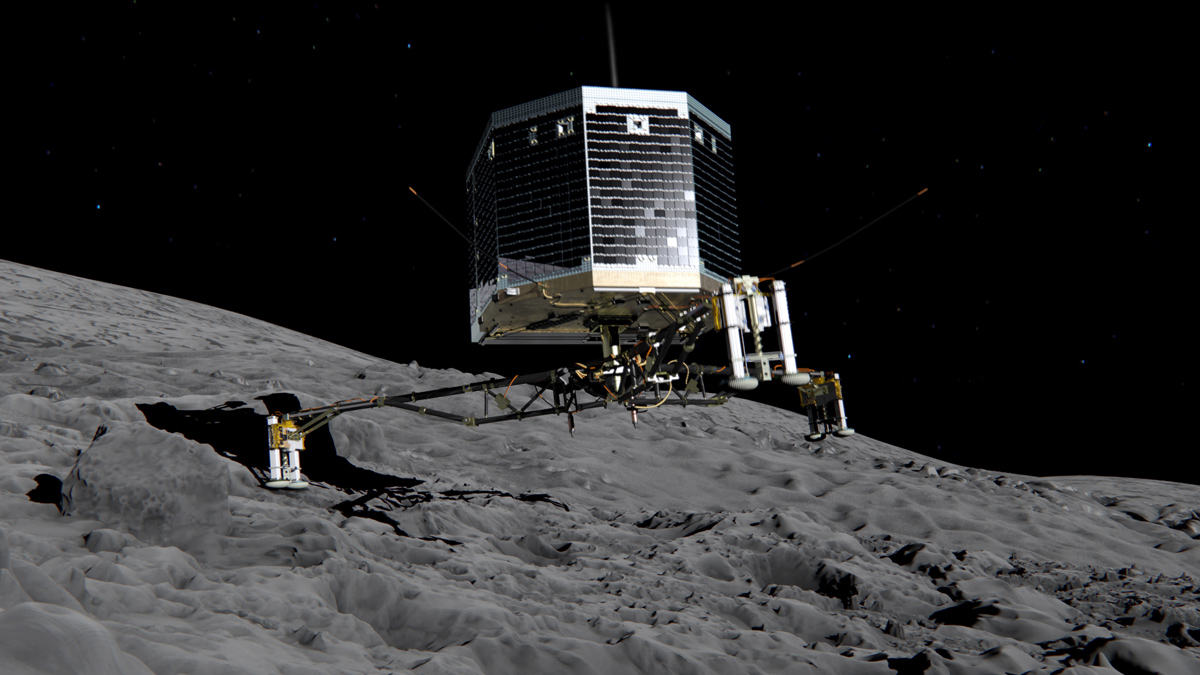
Philae lander wakes up as comet nears the Sun
15 June
The European Space Agency's Philae lander, the first probe to land on the surface of a comet, has unexpectedly come back to life after its host moved closer to the Sun.
Philae touched down on Comet 67P/Churyumov-Gerasimenko seven months ago to worldwide acclaim, but lost power 60 hours later after a bumpy landing left it sitting in a shaded area of the comet, surrounded by huge cliffs. The craft's batteries, which were designed to replenish themselves via inbuilt solar panels, soon died leaving the lander without power.
The Week
Escape your echo chamber. Get the facts behind the news, plus analysis from multiple perspectives.

Sign up for The Week's Free Newsletters
From our morning news briefing to a weekly Good News Newsletter, get the best of The Week delivered directly to your inbox.
From our morning news briefing to a weekly Good News Newsletter, get the best of The Week delivered directly to your inbox.
But at 10:28pm on Saturday, the European Space Agency's operations centre in Darmstadt, Germany received a signal which transmitted "more than 300 data packets", CNN reports, as the lander's panels began receiving more light.
Mission scientists described the message as a "'hello' from space."
"Philae is doing very well. It has an operating temperature of -35C degrees and has 24 watts available," Stephan Ulamec, Philae lander's project manager said in a statement. "The lander is ready for operations."
The contact between the lander and ESA's mission control lasted for 85 seconds. It was the first communication the spacecraft has had with earth since it went into hibernation in November.
A free daily email with the biggest news stories of the day – and the best features from TheWeek.com
According to Ulamec, it is likely that Philae came back to life several hours prior to making contact via its mothership, Rosetta, which is still in orbit around Comet 67P.
"We have also received historical data – so far, however, the lander had not been able to contact us earlier."
To help illustrate the communication, the ESA tweeted an imagined conversation between its official Rosetta and Philae Twitter handles.
"Hello @ESA_Rosetta! I'm awake! How long have I been asleep? #Lifeonacomet," the Philae account said.
"Hello @Philae2014! You've had a long sleep, about 7 months!" Rosetta responded.
"Wow @ESA_Rosetta! That's a long time... time for me to get back to work! #Lifeonacomet"
"@Philae2014 Need to check you're fit, healthy and warm enough first @philae2014! Take it easy for now :)"
"Oh, OK @ESA_Rosetta! I'm still a bit tired anyway... talk to you later! Back to #lifeonacomet!"
Scientists now believe that landing in the dark recesses of Comet 67P could turn out to be a "happy accident" as Philae will be protected from high temperatures as the comet continues its orbit. The ESA is anticipating receiving photographs from the lander as Comet 67P makes its closest approach to the Sun in August.
"I think we are going to see some amazing images at that point," Philae's system engineer Laurence O'Rourke told CNN.
Rosetta's comet lander 'sniffs out' building blocks of life
11 November 2014
The Rosetta mission's lander Philae, the first spacecraft to land on a comet, has beamed back evidence of organic molecules found on the comet's surface.
After fears that Rosetta's ten-year journey might have been made in vain, its lander Philae was able to find evidence of chemicals containing carbon and hydrogen before powering down.
Philae touched down on Comet 67P/Churyumov-Gerasimenko last week, but failed to anchor itself properly and came to rest in the shadows of a cliff.
With its solar panels partly obscured, it was able to work for 60 hours before entering hibernation mode to conserve its failing power supplies.
Nevertheless, scientists are hopeful that the discovery of organic molecules, which form the basic building blocks of all living organisms on Earth, will provide clues about the origins of life on our planet.
Many believe that the early chemical ingredients that led to life on Earth were carried here on an asteroid or comet that collided with the planet.
The compounds on Comet 67P/Churyumov-Gerasimenko were discovered by Philae's "Cosac" instrument, designed to "sniff" the comet's atmosphere. Professor John Zarnecki, a space scientist at the Open University who worked on Philae, described the discovery as "fascinating".
He told The Guardian: "There has long been indirect evidence of organic molecules on comets as carbon, hydrogen and oxygen atoms have been found in comet dust. It has not been possible to see if these are forming complex compounds before and if this is what has been found then it is a tremendous discovery."
Other findings from the lander suggest the comet is largely composed of water ice, possibly as hard as sandstone, and covered in a layer of dust around 10cm to 20cm thick. Professor Mark McCaughrean, a senior science adviser to the European Space Agency, said the ice was "harder than expected".
Sensors on Philae recorded a temperature of minus 153°C in its final landing spot, cooling a further 10°C within half an hour when the sensors were deployed.
Scientists hope that more light will reach Philae's solar panels as the comet moves closer to the sun in the next few months.
Rosetta controllers face tough decision over comet landing
14 November 2014
Rosetta mission controllers at the European Space Agency are facing a tough decision about whether to risk moving Philae, the robotic lander that touched down on a comet for the first time in history.
After a ten-year journey through the Solar System, the Rosetta mission finally achieved its ambitious aim of landing on a comet earlier this week.
However, celebrations at mission control in Darmstadt have been tempered by a series of setbacks.
Philae landed successfully, but failed to attach itself properly to the surface of Comet 67P/Churyumov–Gerasimenko. It has since emerged that the lander has 'bounced' away from its landing spot and come to rest on its side in the shadow of a cliff. Pictures beamed home from the probe show the machine with one foot in the sky and lodged against a high cliff face that is blocking sunlight to its solar panels.
Mission controllers must now decide whether or not to try and move Philae to a sunnier spot so it can recharge its batteries. "Any sudden move could risk toppling the lander over, or worse, knock it off the comet completely," says The Guardian.
Here's what you need to know about the Rosetta mission, 300 million miles from Earth:
What went wrong?
Philae was supposed to attach itself to the comet with harpoons and a thruster to push it down into the comet's surface when it landed. However, earlier this week ESA realised the thruster was out of action, meaning they had to rely on the harpoons to fasten it down. Philae was detached from the Rosetta spacecraft on Wednesday morning and, after a tense seven-hour wait, relayed the message that it had landed that afternoon – the first comet landing in history. Philae sent images of the icy grey comet during its approach, but when it landed, two of the harpoons did not fire as planned. Data suggested it may have bounced hundreds of metres off the surface before finally landing in the shadows of a cliff.
Why has the mission taken ten years?
Rosetta has been chasing Comet 67P/Churyumov–Gerasimenko since it was launched in 2004 but has taken quite a circuitous route. It has made three flybys of Earth and one of Mars, using the planets' gravitational pulls to build up enough speed and get on a trajectory towards the comet. Rosetta then had to get into the comet's correct orbit to deliver Philae to the surface at the required time. Rosetta and Philae were successfully separated yesterday morning. Three control centres are involved in the landing: ESA's Space Operations Centre in Darmstadt, Germany; the German Aerospace Centre in Cologne, Germany; and the National Centre for Space Studies in Toulouse, France.
Why is the mission so significant?
The chief of the ESA, Jean-Jacques Dordain, described the landing as a "big step" for humans. The $1.3bn mission has become the first to land on a comet's surface, but also hopes to learn more about the solar system itself. It hopes to extract samples and data using cameras, spectrometers and gas chromatographs. Sounding devices will probe into the comet and a magnetometer will measure its magnetic fields. Dordain previously told the BBC: "Rosetta is a unique mission – unique technologically, unique scientifically, and unique philosophically because comets may be at the origin of who we are.
-
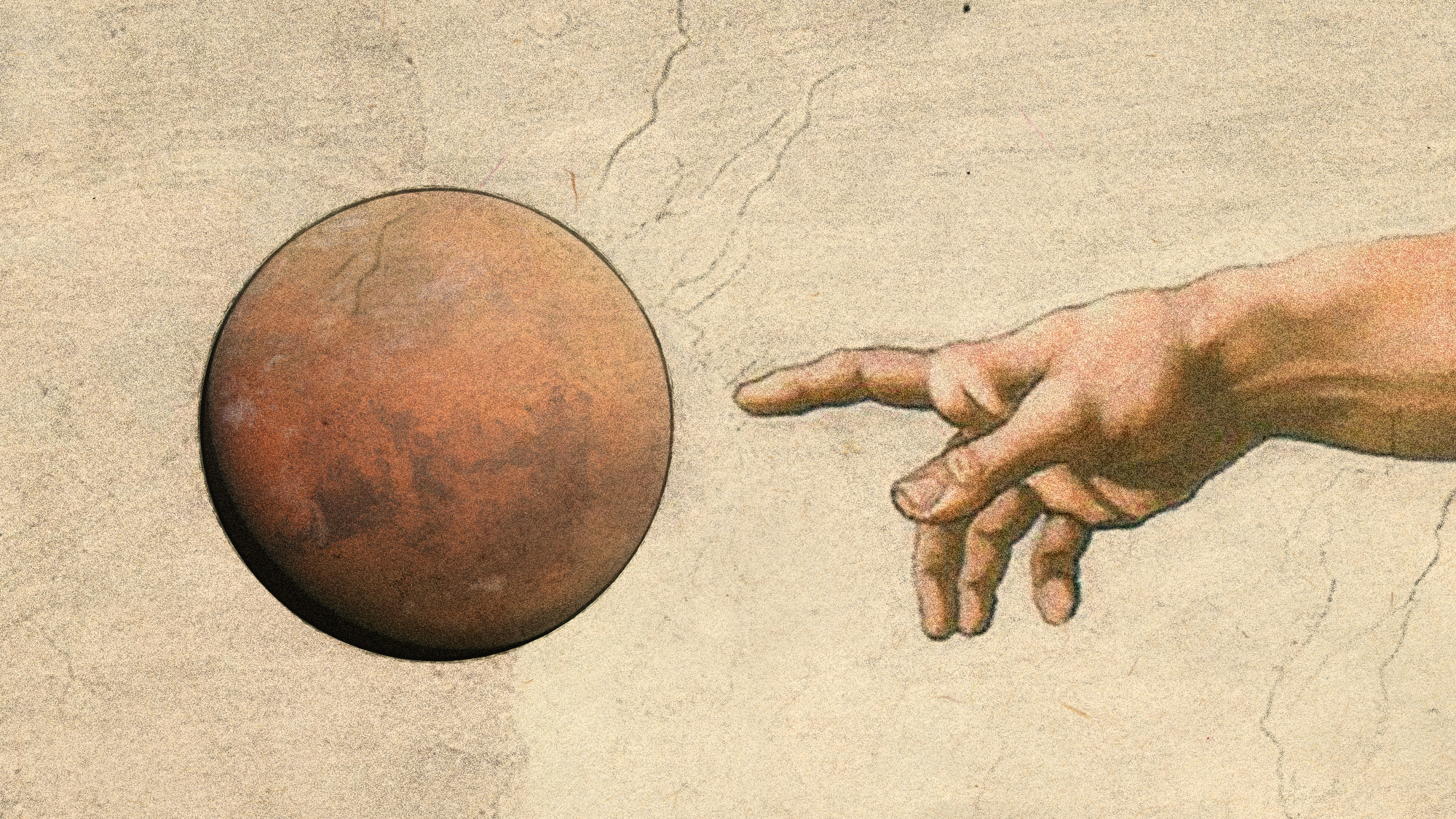 Answers to how life on Earth began could be stuck on Mars
Answers to how life on Earth began could be stuck on MarsUnder the Radar Donald Trump plans to scrap Nasa's Mars Sample Return mission – stranding test tubes on the Red Planet and ceding potentially valuable information to China
-
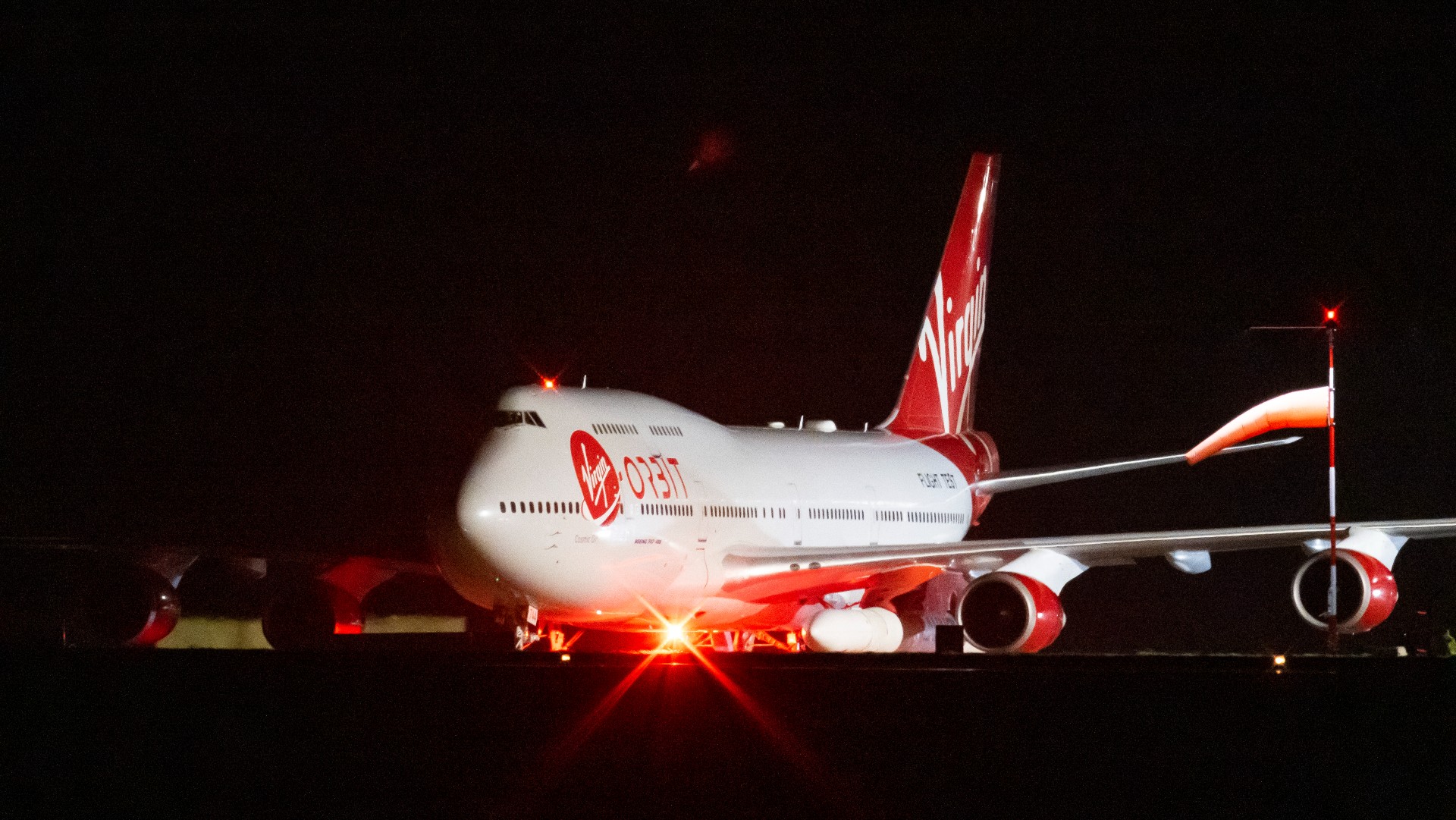 Historic Cornwall satellite launch ends in failure
Historic Cornwall satellite launch ends in failureSpeed Read The Virgin Orbit mission was the first attempt to launch satellites into space from British soil
-
 Richard Branson’s Virgin Galactic and Jeff Bezos’s Blue Origin: the new space race?
Richard Branson’s Virgin Galactic and Jeff Bezos’s Blue Origin: the new space race?Speed Read Branson has declared space open for business. Is that still a pie in the sky?
-
 Russia and China joining forces to build first Moon base
Russia and China joining forces to build first Moon baseSpeed Read Lunar pact represents ‘all kinds of security threats’ to UK and US, expert warns
-
 Mystery of where Stonehenge stones came from finally solved
Mystery of where Stonehenge stones came from finally solvedSpeed Read But how the builders moved the huge stone megaliths to the Salisbury site remains a mystery
-
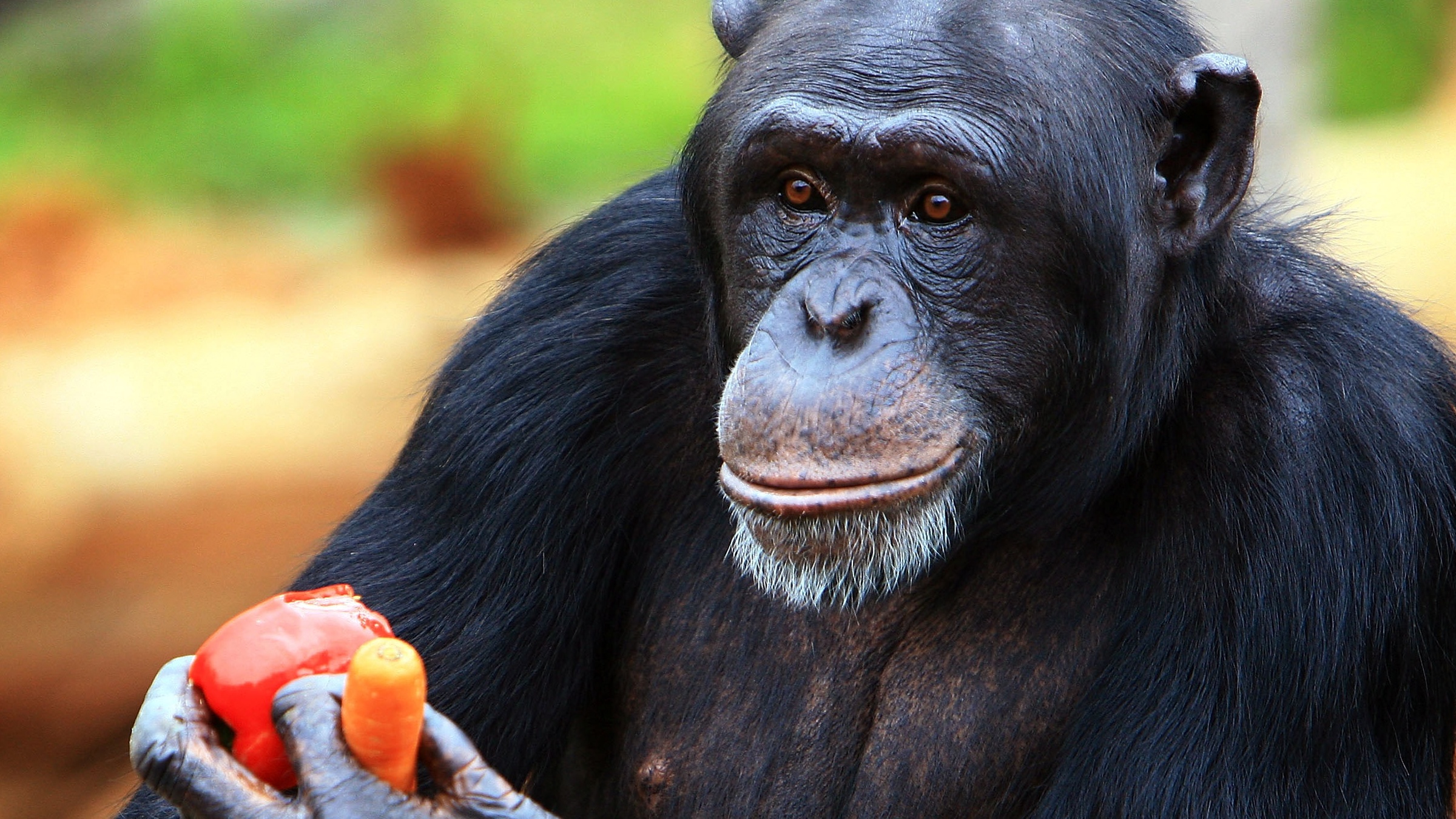 How chimpanzee ‘lip smacking’ can unlock mystery behind human speech
How chimpanzee ‘lip smacking’ can unlock mystery behind human speechSpeed Read New study reveals rhythm of great apes’ communications is identical to spoken language
-
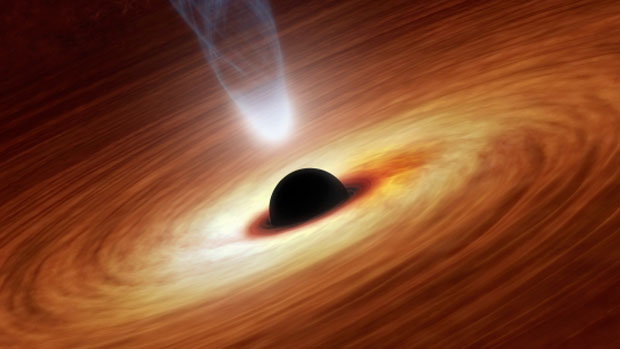 Scientists discover new variety of black hole
Scientists discover new variety of black holeSpeed Read Astronomers had previously missed entire class of dead star
-
 Trio win Nobel physics prize for work to understand cosmos
Trio win Nobel physics prize for work to understand cosmosSpeed Read The scientists were hailed for ‘ground-breaking’ discoveries
